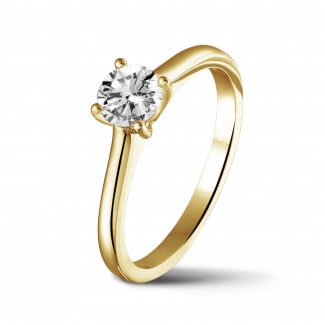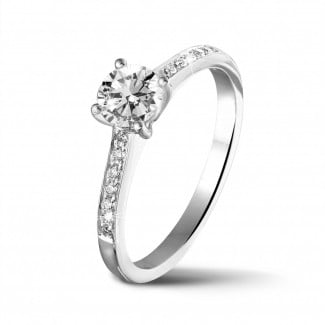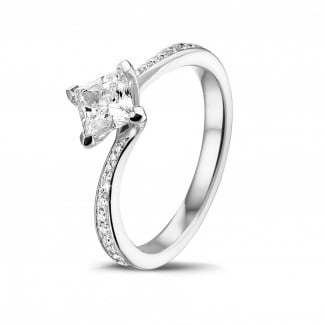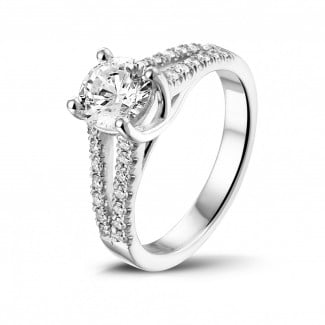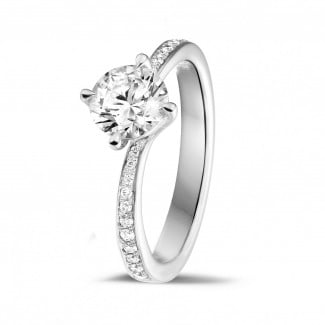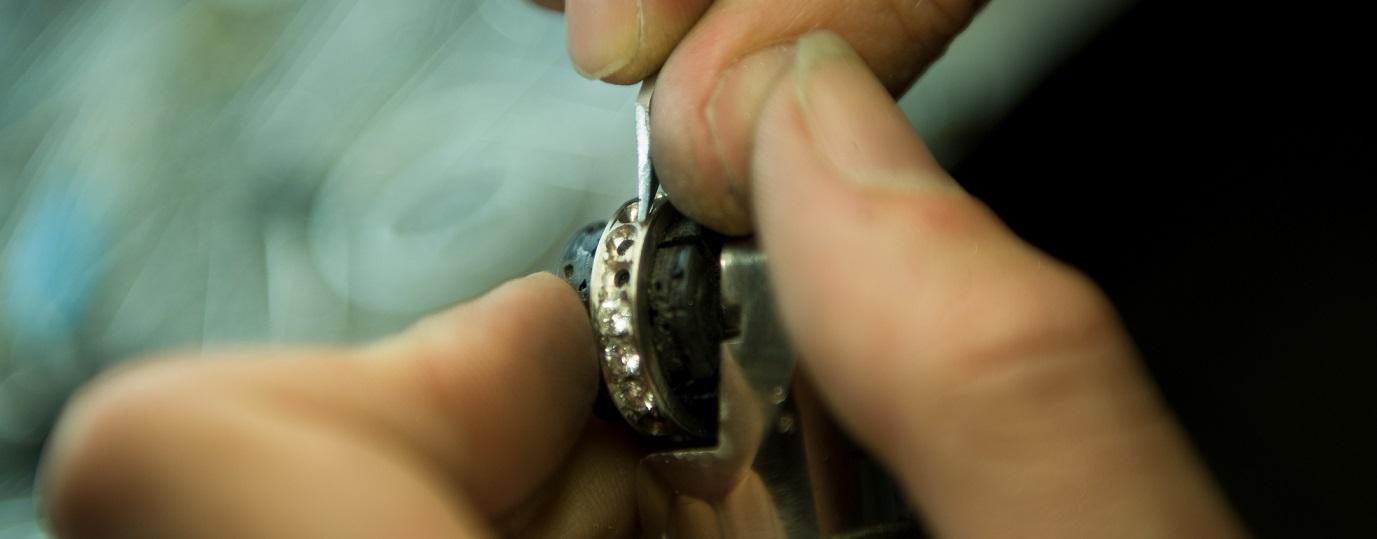Inspirational insights
Blogs in the spotlight
- How do I buy the perfect diamond ring?
- Choosing the perfect wedding ring
- Buying an engagement ring: expert tips & tricks
- Which earrings are the right ones for you?
- How to choose the perfect diamond bracelet?
- How to choose a necklace for ladies?
- Take your time in choosing your watch
- What's the right jewellery for each occasion?
- Why buy diamond jewellery online?
- A guide to building up your jewellery collection
- What types of precious metals are there?
- What types of precious metals are there?
- Jewellery trends and innovations in 2020
- What sorts of diamond setting are there?
- Where does the need come from?
- What else can we infer from Maslow’s hierarchy of needs?
- What influence does society have on our needs?
Jewellery has always played an intricate part in the human life. We have always had the need to adorn ourselves, even with animal bones, shells, flowers or feathers when nothing else was yet available. Moreover, we have grown to award our jewellery with religious and symbolic meanings. But why do we value jewellery so much? Why do we wear it?
Most viewed diamond jewels
Where does the need come from?
Buying jewellery with which to adorn ourselves can be psychologically explained using Maslow’s hierarchy of needs. Psychologist Abraham Maslow first published this motivational theory representing basic human needs in 1943. When we approach buying and wearing jewellery as he would, we discover it can be interpreted within the higher needs. The middle of the hierarchy is devoted to the need of belonging and love.
That social need is often expressed through symbolic jewellery such as friendship bracelets, exchanging Valentine’s Day gifts and expressing our commitment to one another through marriage.
What else can we infer from Maslow’s hierarchy of needs?
Rising one more step in the hierarchy, we are introduced to ‘esteem’, a higly relevant need today, some 75 years after Maslow developed his ranking system. After all, could social media and the invention of the selfie not be interpreted as ‘esteem’ incarnate? Whether it comes to buying jewellery, finding a new pair of shoes or trying out a new recipe: we share it on social media and hope for plentiful likes.
The top of the hierarchy shows ‘self-actualisation’. It goes without saying that buying jewellery plays an important part in emphasizing our personality and style.
What influence does society have on our needs?
Even though our needs never appear to change, time and societal influences play a key role in how we fulfil those needs. In the past, buying jewellery was often reserved for the wealthy. They wore jewellery to show off their heritage and fortune, which can easily be compartmentalized in those top tiers of the pyramid by which the hierarchy represented. Moreover, wearing jewellery was a predominantly female trait for a long time, a trend that has been slowly changing over the past years. Not only cufflinks and watches are now at the top of his list, so are diamond rings for men.
Why do you like diamond jewellery? And which types of jewellery do you prefer? Draw inspiration from the extensive online assortment at BAUNAT or contact our jewellery experts for the perfect piece.

Fabienne Rauw
- BAUNAT Antwerp
- My Linkedin profile - Contact me
 Design collections
Design collections Stackable Rings
Stackable Rings Ruby, sapphire & emerald
Ruby, sapphire & emerald Bestsellers
Bestsellers New arrivals
New arrivals Watches
Watches Cufflinks
Cufflinks Rings for men
Rings for men Diamond
Diamond Sapphire
Sapphire Ruby
Ruby Emerald
Emerald Yellow diamond
Yellow diamond Black diamond
Black diamond
 Diamond rings
Diamond rings Sapphire rings
Sapphire rings Ruby rings
Ruby rings Emerald rings
Emerald rings Yellow diamond rings
Yellow diamond rings Black diamond rings
Black diamond rings
 Stackable rings
Stackable rings Cocktail rings
Cocktail rings Rings for men
Rings for men Bestsellers
Bestsellers Diamond rings
Diamond rings Sapphire rings
Sapphire rings Ruby rings
Ruby rings Emerald rings
Emerald rings Yellow diamond rings
Yellow diamond rings Black diamond rings
Black diamond rings
 Solitaire
Solitaire Dangle
Dangle Diamond earrings
Diamond earrings Sapphire earrings
Sapphire earrings Yellow diamond earrings
Yellow diamond earrings Black diamond earrings
Black diamond earrings
 Solitaire
Solitaire 3 stones
3 stones Halo
Halo Gradient
Gradient Diamond necklaces
Diamond necklaces Sapphire necklaces
Sapphire necklaces Yellow diamond necklaces
Yellow diamond necklaces Black diamond necklaces
Black diamond necklaces
 Gradient
Gradient White gold
White gold Yellow gold
Yellow gold Red gold
Red gold Platinum
Platinum Diamond bracelets
Diamond bracelets Yellow diamond bracelets
Yellow diamond bracelets Black diamond bracelets
Black diamond bracelets
 View watches
View watches View watches
View watches Swiss Made
Swiss Made Swiss Collection limited edition
Swiss Collection limited edition Manufacturing process
Manufacturing process Manual or Automatic watch
Manual or Automatic watch Sapphire or mineral glass
Sapphire or mineral glass
 Rings
Rings Necklaces
Necklaces Bracelets
Bracelets Sapphire
Sapphire
 Engagement rings
Engagement rings Earrings
Earrings Necklaces
Necklaces Bracelets
Bracelets

